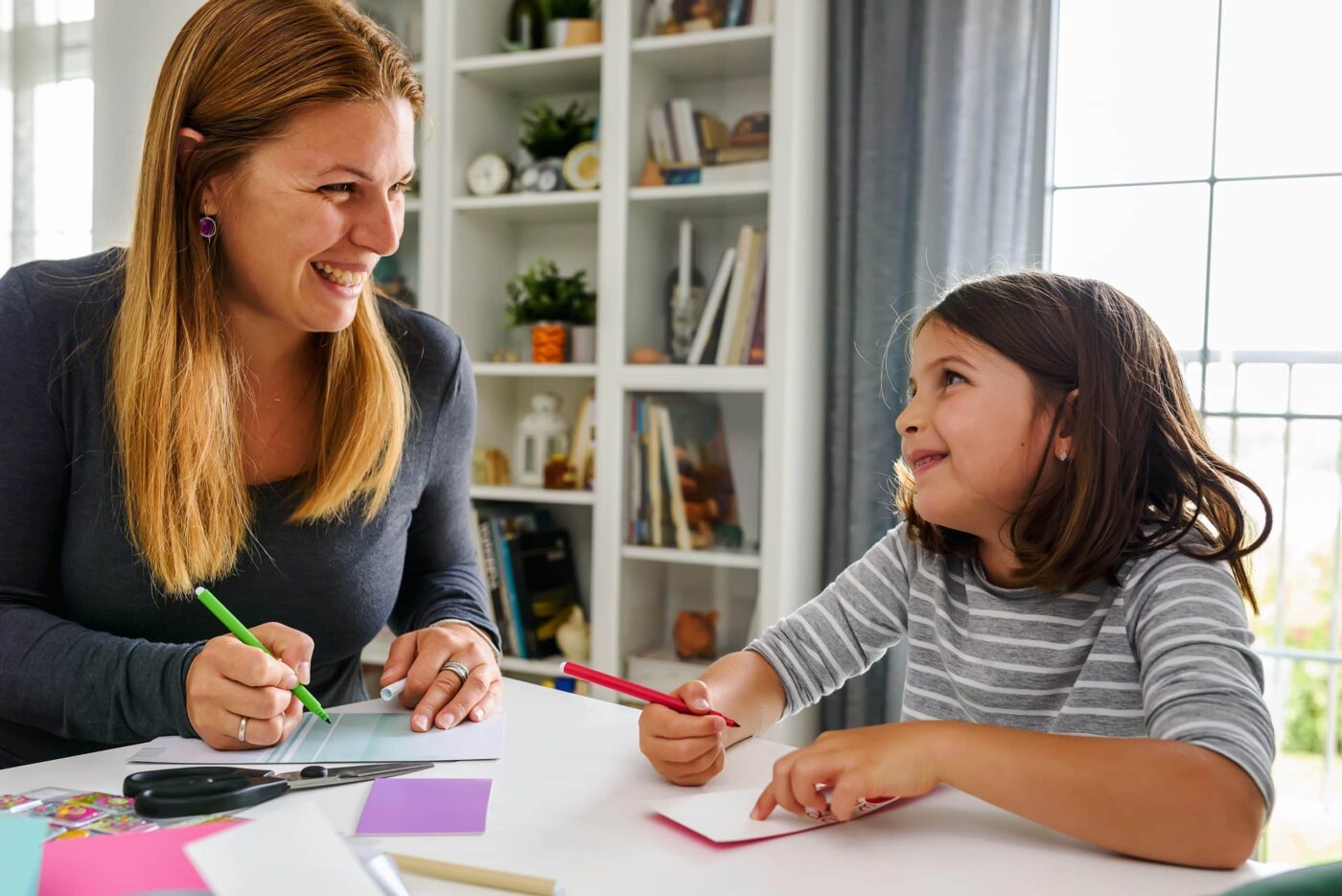Applied Behavior Analysis (ABA) therapy uses a variety of techniques to teach individuals with autism new skills. ABA focuses on understanding, teaching, and modifying behaviors. Some ABA strategies, including chaining, are an effective tool for teaching many different skills. Chaining is an evidence-based technique that’s often used during ABA therapy. It’s used to teach a variety of skills, from handwashing to teaching more complex independent living skills. This works by, as the name shows, linking together smaller steps in a “chain,” to help a child learn to complete a larger objective.
What Is Chaining?
Chaining is rooted in Applied Behavior Analysis (ABA) therapy theory. Essentially, it is an instructional strategy that relies on task analysis. It involves breaking down a task into individual steps, recognized as prerequisites for mastering the task. Then, a clinician teaches each step separately, within the sequence, to facilitate learning. Examples of chaining during ABA therapy might include the mini-tasks involved in washing your hands:
- Turning the sink on
- Adjusting the temperature of the water
- Dampening your hands
- Pressing down on the soap dispenser
- Collecting soap into your hand
- Scrubbing your hands with soap
- Washing off the soap
- Drying your hands
When ABA therapy practitioners use chaining, individuals with autism will learn a behavior one mini-task at a time. Once one step becomes natural, they’ll move on to another step in the chain. As the individual becomes comfortable with each mini-task, new parts of the behavior will be linked or “chained” together until they master the entire behavior.
How Does Chaining Work?
When preparing to use chaining, your Trumpet Behavioral Health therapy team will complete a task analysis. During this analysis, your Board Certified Behavior Analyst (BCBA) will break down the ideal behavior into small, teachable units like the example above.
There are several main chaining techniques used during ABA therapy, including forward chaining, backward chaining, and total task chaining. The technique your ABA therapy team chooses to use to teach a certain skill depends on your child’s needs, goals, and the behavior they’re learning.
Forward Chaining:
In ABA therapy, forward chaining entails instructing the learner to initially accomplish solely the first step of the task analysis, with independence required only for that specific step to earn a reinforcer.
Using our example, a child would first learn how to turn on the sink. Every time they correctly turn on the sink, reinforcement will be provided. After the child completes this first step consistently and accurately, they’ll move on to the second step in the chain.
Backward Chaining:
The backward chaining method follows a similar process to forward chaining but in reverse order. In this approach, instruction begins from the last step of the task and progresses backward towards the initial step. Clinicians use this strategy when it is more effective to teach a child a task starting from the last step rather than the beginning. This requires the training team, parent, or another individual to complete all the steps of the chain except for the final skill.
In our example, the therapy team would provide hands-on support for steps 1-7 and ask the individual to complete step #8. After the child masters the final step, your child will continue learning new steps in reverse. The focus of backward chaining is to help your child finish the task successfully. This can help them overcome more difficult challenges by providing a sense of achievement.
Total Task Chaining:
Total task chaining is a more advanced step, as it involves completing the entire sequence and receiving positive reinforcement, a common ABA therapy technique, at its conclusion. It’s suitable when the learner possesses the necessary skills and doesn’t require numerous trials based on prior knowledge.
Based on our example, if a child was able to complete most of the tasks, but struggled with turning on the water and pumping soap, the therapy team would provide support for only those steps.
Examples of Chaining in ABA Therapy
There are many applications for chaining that our clients use in day-to-day life. A few other examples include:
- Brushing teeth
- Baking cookies
- Making a bed
- Getting dressed
- Doing a puzzle
- Writing a letter
At BlueSprig, we use evidence-based methods to help children with autism live life to their fullest. Contact us or find an ABA therapy center near you to learn more about how we can support your family today!
